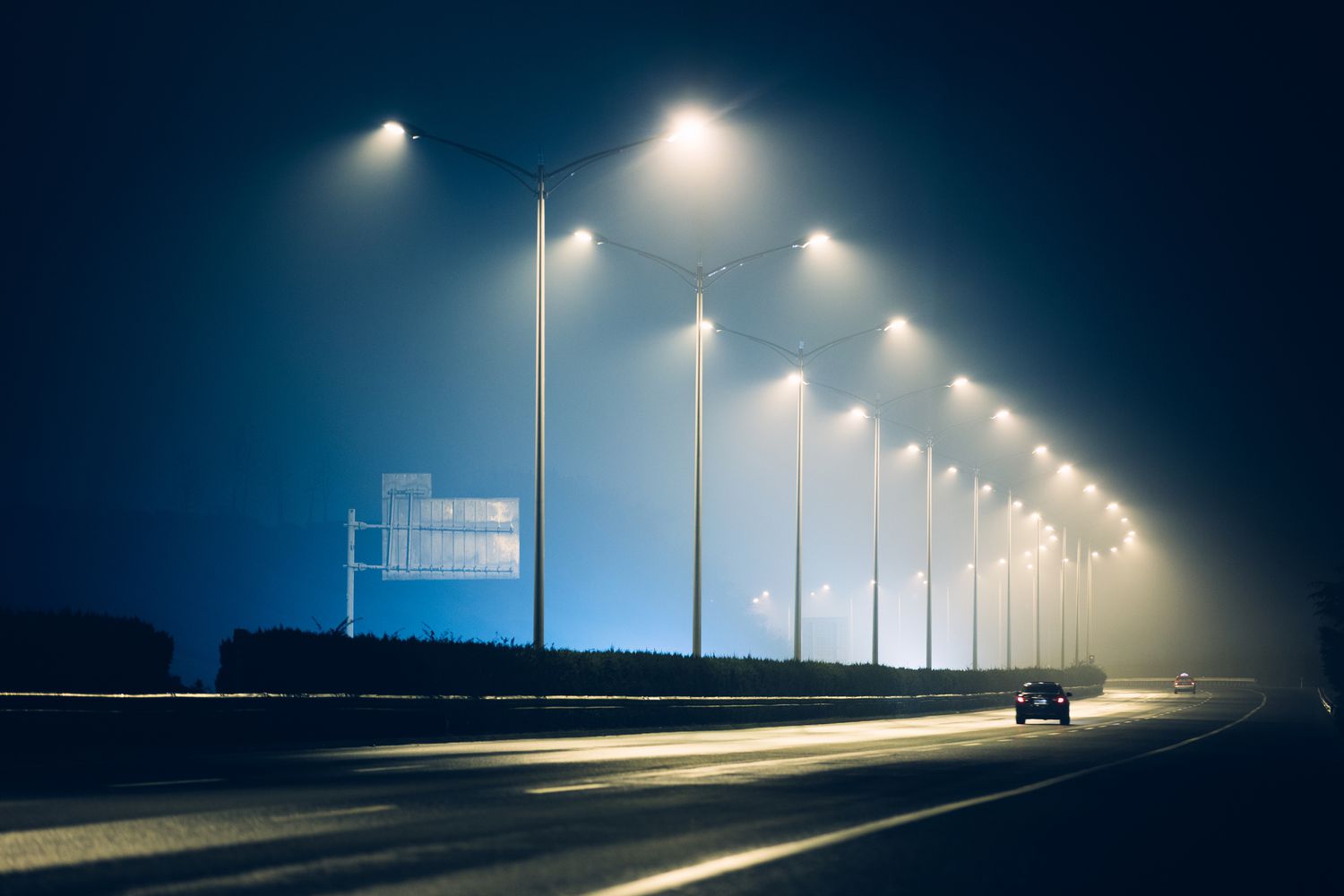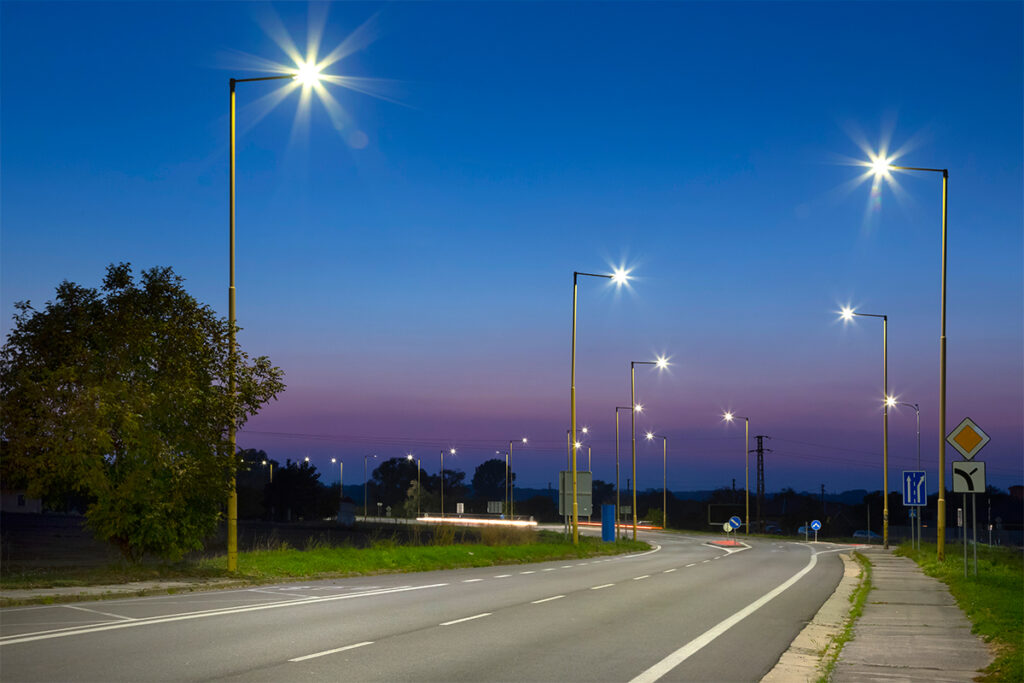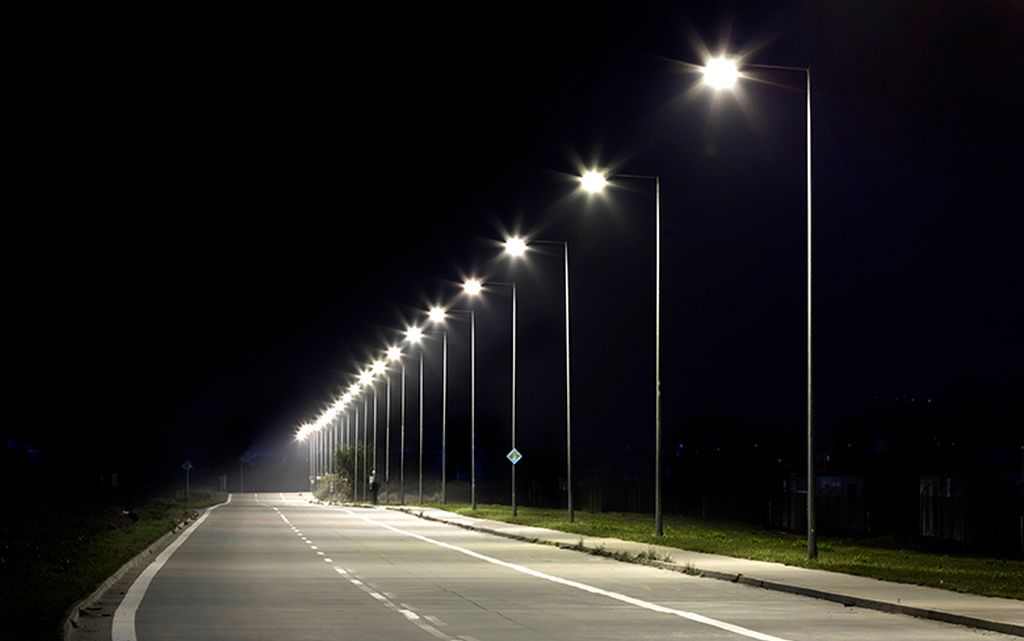Sustainability in Action: How LED Street Lights Reduce Environmental Impact?

In recent years, the world has been waking up to the urgent need for sustainable practices that minimize our environmental impact. One area that often goes unnoticed but plays a significant role in energy consumption and carbon emissions is street lighting. Traditional street lights consume massive amounts of energy and contribute to light pollution. However, there is a bright solution on the horizon – LED street lights. In this blog post, we will delve into the fascinating world of LEDs and explore how they are revolutionizing the way we illuminate our cities while reducing our carbon footprint.
Energy Efficiency and Cost Savings

LED technology has emerged as a game-changer in the lighting industry, and for good reason. LED street lights are highly energy-efficient, using up to 80% less electricity than traditional options, such as high-pressure sodium lamps. This incredible efficiency translates into significant cost savings for municipalities and taxpayers alike. By replacing conventional street lights with LEDs, cities can substantially reduce their electricity bills, freeing up resources for other important community initiatives.
Moreover, they have a longer lifespan compared to their traditional counterparts. They can last up to 100,000 hours, which is approximately 3 to 4 times longer than traditional systems. This longevity not only reduces maintenance costs but also minimizes the amount of waste generated from replacing bulbs and fixtures frequently.
Reducing Carbon Footprint

One of the most compelling reasons to embrace LEDs is their ability to reduce carbon emissions and combat climate change. As mentioned earlier, they consume significantly less energy, meaning fewer greenhouse gas emissions are released into the atmosphere.
By making the switch to LED street lighting on a large scale, cities can make substantial strides in meeting their sustainability goals.
Additionally, they are designed to direct light downward, focusing illumination where it is needed most – the roadways and sidewalks. Traditional lights often disperse light in all directions, leading to wasteful light pollution that interferes with natural ecosystems and disrupts the behavior of nocturnal animals. LEDs provide a more targeted and controlled solution, ensuring that the light is used efficiently and effectively without causing unnecessary harm to the environment.
Enhancing Safety and Quality of Life

LED street lights not only promote sustainability but also enhance safety and improve the quality of life for residents. The bright and uniform illumination provided by LEDs enhances visibility on the roads, reducing the risk of accidents and improving pedestrian safety. Well-lit streets also deter crime by creating an environment that feels safer and more secure.
Furthermore, they offer superior color rendering compared to traditional options. They provide a more natural and vibrant lighting experience, making it easier for pedestrians and drivers to perceive details and colors accurately. This can be particularly important for security cameras, as high-quality lighting ensures better video footage for surveillance purposes.
Conclusion
As we continue to prioritize sustainability, LEDs stand out as a shining example of how innovative technologies can have a positive impact on our environment, our communities, and our future. It’s time for cities around the world to embrace the brilliance of LEDs and pave the way towards a brighter, more sustainable tomorrow.




